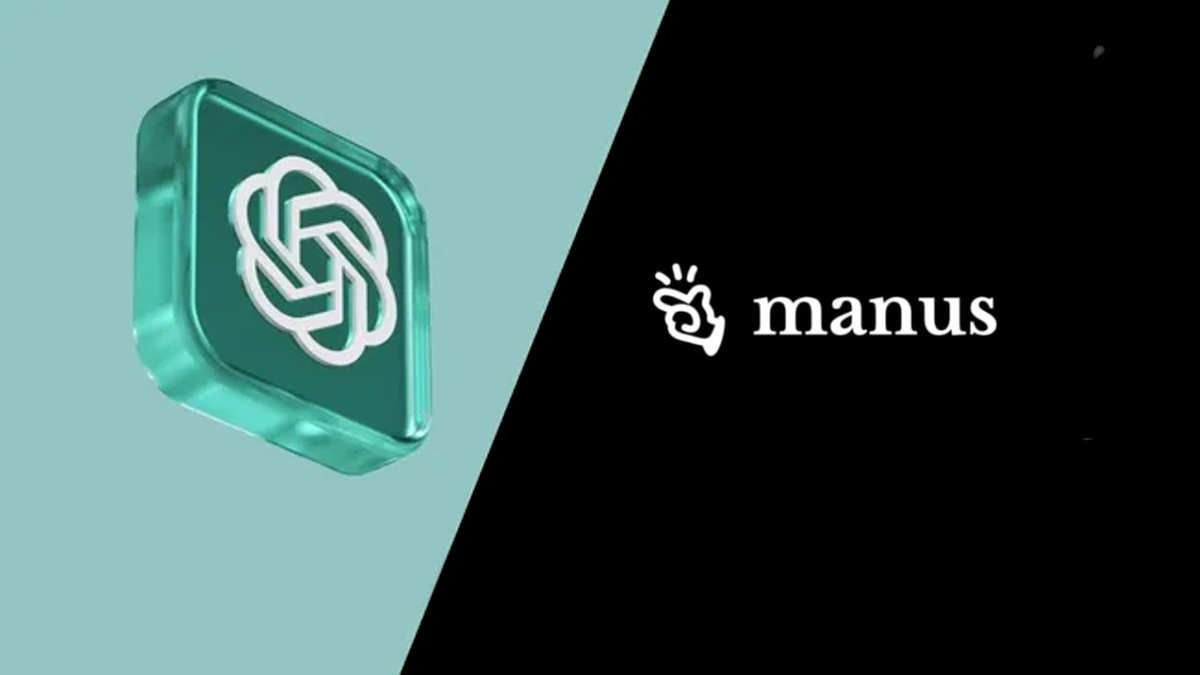I Compared Manus AI with ChatGPT and Discovered Why It’s Being Dubbed the Next DeepSeek

Introducing Manus: A New AI Assistant
The newest AI assistant generating buzz is Manus, a term meaning ‘hand’ in Latin. This name is fitting, as Manus aims to be a helpful partner for research and content creation.
Manus claims to outshine its competitors in terms of sophistication. While it is often compared to other tools like DeepSeek, it is more relevant to see how Manus stacks up against the well-known ChatGPT.
Accessing Manus
Currently, Manus operates on an invitation-only basis, requiring users to submit their reasons for wanting to use it. Fortunately, the company has released several demonstrations showcasing the capabilities of Manus. However, it’s wise to view these demos critically, as they likely highlight the AI’s strengths. Nonetheless, they illustrate the potential of Manus effectively.
Comparative Assessments
To assess these two AI models, I used prompts that belong to common tasks relevant for everyday users, ensuring both models had an opportunity to respond effectively. Below is a breakdown of various prompts I tested with Manus and ChatGPT.
Creating a Fantasy Movie Screenplay
The first task involved generating a fantasy screenplay based on an interaction between the Mayan and ancient Egyptian civilizations. I asked both AIs to develop a screenplay idea that balanced historical facts with creative storytelling. The prompt included:
- Compiling reference materials
- Proposing narrative options
- Selecting a compelling idea
- Drafting an outline for the script
Manus excelled in this task, providing a well-researched selection of ideas and a comprehensive script outline. In contrast, ChatGPT produced a creative response but lacked the depth of research presented by Manus, demonstrating strength in creative brainstorming as well.
Writing a Biography
Next, I requested the AI to construct a novel-length biography focusing on Adobe Inc. The prompt instructed each AI to maintain factual accuracy while weaving an engaging narrative. Manus produced a detailed biography with context and quotes, sticking to the prompt’s requirements. ChatGPT’s output, while accurate, resembled a well-written article rather than a cohesive narrative, lacking the depth and length desired.
Business Card Creation
Curious about each AI’s design capabilities, I asked them to create a minimalist business card inspired by Apple’s design philosophy. Manus generated an elegant card integrating relevant details from the attached resume seamlessly. ChatGPT’s attempt, however, resulted in a cluttered and confusing design that failed to capture the professional essence of a business card.
Ocean Meditation Project
For the last task, I instructed the AIs to create a five-minute ocean-themed meditation audio. Manus excelled here by crafting a beautiful script and producing audio with calming ocean wave sounds. You can listen to it on Manus’ demo page. ChatGPT provided a script that fell short of five minutes, and while it generated audio, there were no ocean sounds included, making it less effective for a meditation purpose.
Overall Impression of Manus
Through these comparative analyses, it is clear that Manus performs impressively with task execution, especially for users in research and design fields. If you require an AI that can produce thoroughly researched documents or multimedia elements, Manus is a strong choice—provided you can obtain an invitation.
On the other hand, ChatGPT remains the more suitable AI for everyday tasks. It delivers quick, reliable responses while being user-friendly. In most scenarios, ChatGPT proves to be sufficient. However, for those seeking an advanced tool catering to professional environments, Manus may be the better option.






